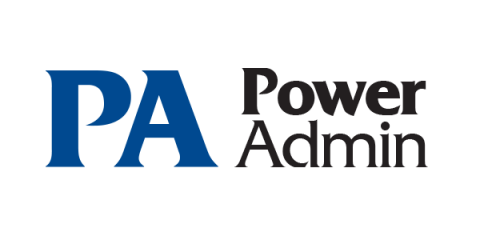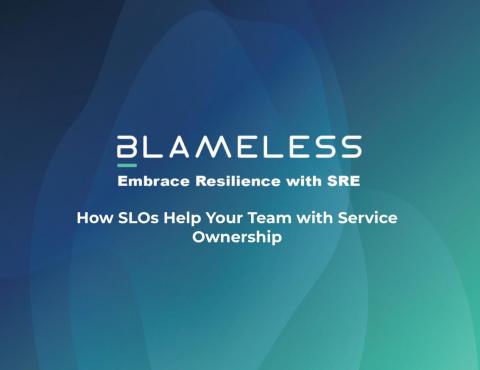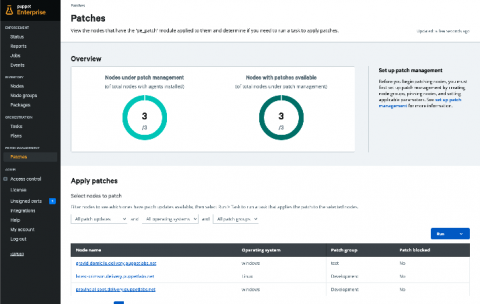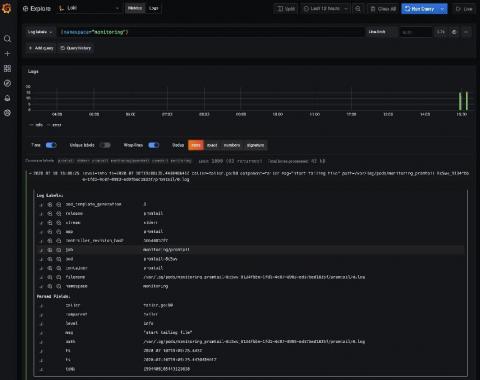10 Ideal Appointment Scheduling Tools
Companies need special scheduling tools to organize and plan events, tasks, and various facilities. The business executives and managers or various projects need to be well-versed in their upcoming course of action. They need to plan their week accordingly, to decide when to attend meetings, events, and when to attend to clients. By planning their whole day, they will have time to make payments and perform their respective roles and responsibilities without any hassle.











